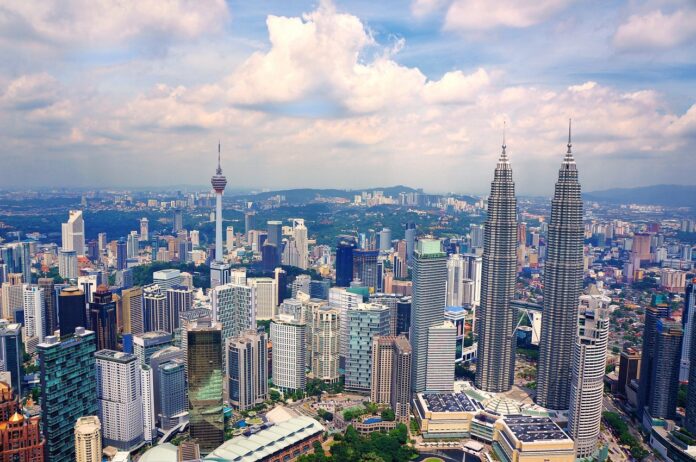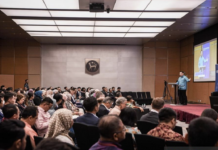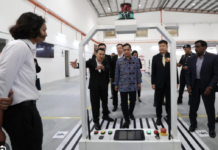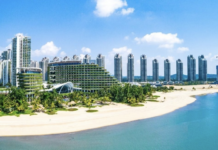KUALA LUMPUR, April 3 — It is important to measure the Happiness Index in Malaysia as it can serve as a benchmark for local authorities (PBTs) to improve their services, thus ensuring the country’s well-being.
Universiti Putra Malaysia Design and Architecture Faculty dean, Assoc Prof Dr Suhardi Maulan said the indicators outlined which included the provision of public facilities and basic infrastructure, could be used as guidelines in solving problems as well as improving the quality of life of residents in a city.
“In a city, PBT is the ‘closest’ government agency to the community, especially in addressing issues faced by the residents such as environmental hygiene, solid waste management and effective and orderly rubbish collection.
“Although some quarters in the society see it as trivial, such municipal issues will affect the quality of life of the residents if they are not addressed efficiently,” he told Bernama.
The Town and Country Planning Department (PLANMalaysia) has recently released a list of 80 PBTs in the peninsula and Sabah which scored over per cent in the 2021 Happiness Index that was measured based on several aspects, including the quality of their services such as environmental hygiene, solid waste management and rubbish collection.
Suhardi, who is also the Institute of Landscape Architects Malaysia (ILAM) president, said the happiness index helped identify the strengths and weaknesses of each PBT through 14 indicators such as living standards and health, safety of residential areas and public facilities.
Also taken into account were basic infrastructure, work pleasure, financial management, relationships with neighbours, community activities, local government services and the quality of the environment, he said.
“At the same time, the city administration must be prepared to face the increase in the number of urban population,” Suhardi said.
Meanwhile, Universiti Teknologi Malaysia Razak Faculty of Technology and Informatics (Architecture and Urban Design) senior lecturer Dr Nurul Azreen Azlan, said focus and improvements should be made on more concrete aspects such as the provision of public facilities and environmental quality in cities.
“This is because, a safe environment and good public facilities can indirectly help reduce stress and improve personal health,” he said.
She said that the environment of large and more complex cities with urban status made the level of challenges faced by PBTs different, in addition to the cost of living factors and community relations.
Citing Kuala Lumpur that was categories as a ‘moderately happy’ city as an example, Nurul Azreen said the PBT involved faced great challenges in managing the federal capital to ensure it remained resilient and to further improve the quality of services provided for city dwellers.
“The quality of the environment in Kuala Lumpur needs to be improved through a more conducive and high quality urban design by prioritising accessibility to public transportation as well as increasing green areas,” she said, adding that aspects of climate change also needed to be taken into account, for a better disaster management.



















